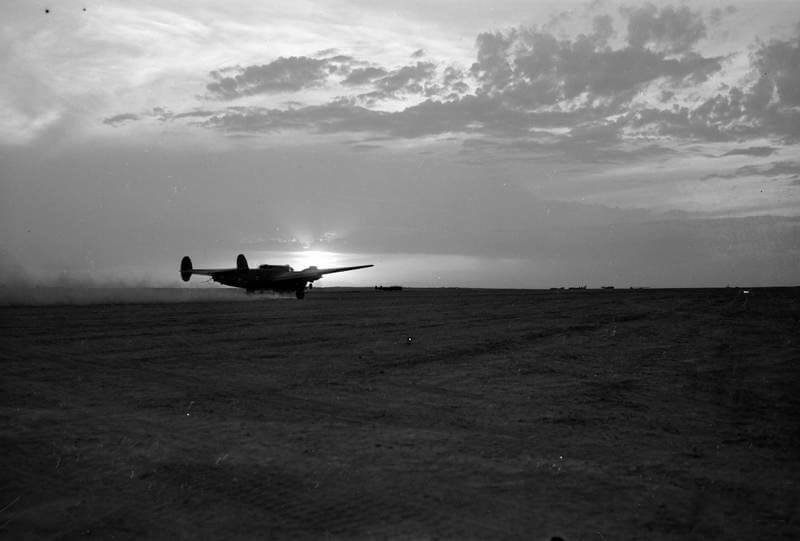| Page Created |
| November 29th, 2024 |
| Last Updated |
| November 29th, 2024 |
| Grest Britain |
 |
| Special Forces |
| Special Air Service |
| Related Operations |
| Operation Mincemeat Operation Turkey Buzzard/Operation Beggar Operation Narcissus Operation Husky Operation Husky, Special Raiding Squadron Operation Husky No. 1 Operation Ladbroke Operation Ladbroke, Coup de Main Operation Husky No. 2 Operation Fustian Operation Chestnut Special Raiding Squadron, Raid on Augusta |
| July 12th, 1943 |
| Operation Chestnut |
| Objectives |
- Disrupting road and telephone communications in the northeastern part of the island, as well as sabotaging the railway line between Messina and Catania.
- Attack German and Italian convoys moving southward to confront the Allied invasion and to destroy the Axis headquarters at Enna.
| Operational Area |


| Allied Forces |
- Special Rading Squadron
- Pink Team
- Brig Team
| Axis Forces |
| Operation |
Operation Chestnut involves deploying two 10-man teams into northern Sicily. Under the command of Captain Philip Pinckney, the Pink team is tasked with disrupting road and telephone communications in the northeastern part of the island, as well as sabotaging the railway line between Messina and Catania. Meanwhile, under the command of Captain R. H. Bridgeman-Evans, the Brig team is assigned to attack German and Italian convoys moving southward to confront the Allied invasion and to destroy the Axis headquarters at Enna.
Initially, the plan is to deliver both teams by submarine, but they are ultimately deployed by paradrop on July 12th, 1943. The teams face immediate challenges upon landing. The Pink team is scattered, resulting in damage to their radios and other essential equipment. The Brig team lands too close to an urban area, alerting local Axis forces to their presence, leading to an interception attempt and the capture of Captain Bridgeman-Evans, who later manages to escape.
Reinforcements are scheduled to be paradropped on July 13th, 1943, but the aircraft are unable to establish contact with either of the original teams due to the damaged radio equipment, and subsequently return to base without dropping additional Special Raiding Squadron troopers.
Although most of the men on the ground eventually make their way back to Allied lines, neither team is able to achieve any significant military objectives. However, the operation is not entirely wasted, as it provides crucial lessons on how such missions should not be conducted. Key lessons include the importance of avoiding last-minute changes to plans, ensuring thorough rehearsals, and coordinating drop zones to ensure teams land in close proximity for immediate action.
This mission marks the first parachute raid carried out by the Special Raiding Squadron. It is also notable for the loss of Major Geoffrey Appleyard, the former commander of the Small Scale Raiding Force. Appleyard, acting as the drop supervisor aboard the aircraft carrying the ‘Pink’ team, is lost when the plane fails to return to base after the drop.
| Multimedia |


